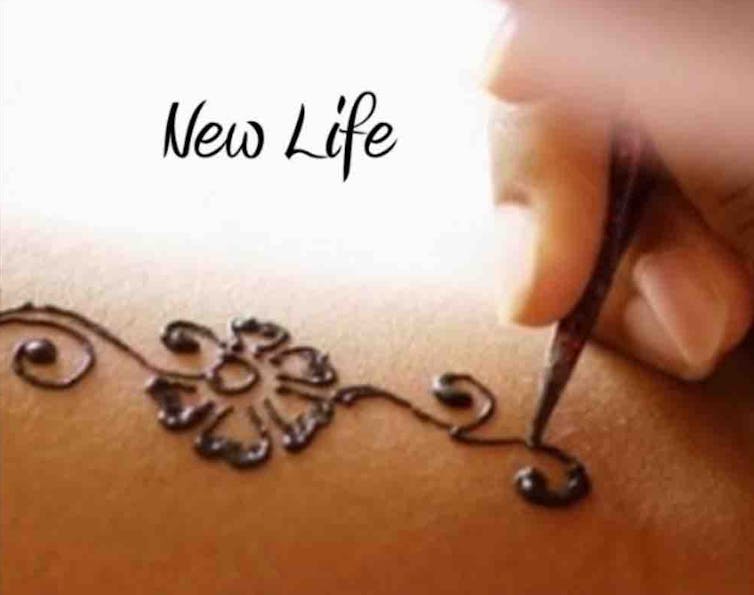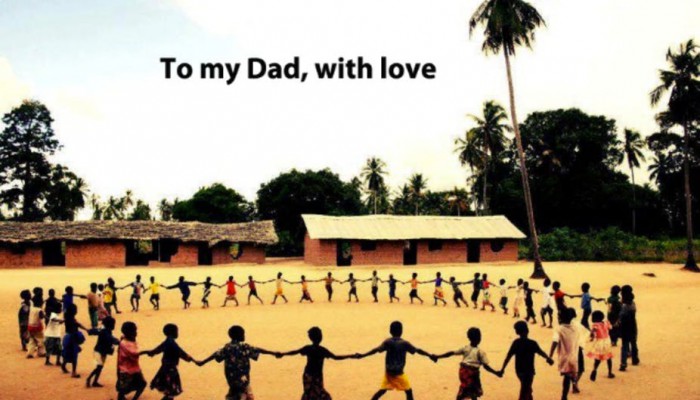Refugee women use their voices through digital storytelling
Storytelling is innate to humans. For millennia, ever since cave paintings were used to record practices, storytelling in all its different forms and genres has contributed to rich cultural traditions from one generation to the next.
Like people themselves, storytelling methods have changed over time. Digital storytelling is one such approach. Digital storytelling was originally used in community development, or more broadly for artistic and therapeutic purposes. More recently, it has been adapted as an arts-based research approach due to the creative potential of using digital means to create and share stories to audiences including decision makers. Its most common form is a three to five minute movie with images, sounds, music and voice-over narration of a person’s story.
Wider access to technology has increased possibilities to share stories via digital means. Digital storytelling is an excellent method to “co-create” research, where narrators participate in a process that has more meaning to them.
I used digital storytelling in my research with women who had arrived in Australia on Woman-at-risk visas within the previous year. This visa category was introduced in 1989 to address the United Nations High Commissioner for Refugees’ concerns about the vulnerable situation of refugee women and children.
As part of the research, women from diverse countries – among them Sudan, Democratic Republic of Congo (DRC), and Iran shared narratives they decided for themselves.
Through this method of narrating their stories, the women were present in the research process in ways that interviews and questionnaires cannot fully capture. Digital storytelling is an approach that makes sense to them and that values what they have to say.
Telling stories from academic research is crucial. But rigid publication standards often result in writers withholding the “human” element to sound more scholarly. Even when quotes are included, they are trimmed and dissected to “fit” in. That’s why arts-based methods like photography, creative writing, dance, theatre performances, film-making, or digital storytelling are likely to convey the human or storytelling elements more fully.
In research areas that are quite complex, like refugee studies, this is especially important. Creative methods can be alternative pathways to finding out and sharing unique stories about people we often do not hear about.
Maha’s story
For researchers like me, creating digital stories involves listening to the narratives participants want to convey using digital media. I can journey alongside the women as they decide what experiences to include in their stories.
Maha called her story New Life. Originally from Sudan, Maha felt confused, lost, and frustrated when she first arrived to Brisbane, Australia. She wondered whether she had made a big mistake. Everything looked strange and unfamiliar, and she didn’t know where to go to buy the essentials for her four children.
Through the digital storytelling process, Maha shared poignant examples of her difficulties. At one point, she had to sell her rings because her family went without food for two days. But, as she said in her digital story:
I’m a fighter.

Author supplied
In her video, Maha spoke of her determination to turn her situation around for her children’s sake, and not be seen as a “helpless” single refugee woman.
Maha now helps other families who arrive to Australia and feel the same confusion she experienced. She hopes that these new families’ adaptation will be made easier through her assistance.
Usually, the label of “refugees” does not offer opportunities to understand unique stories such as Maha’s. Women and men experience settlement differently, and there is also much diversity among women.
Digital stories are a great way to enter a space to witness and understand what matters most to the “protagonist”. In this way, women’s stories are valued, their issues are not missed, and they can participate in a process where they recognise their own strengths and hopes for the future – and not just difficulties.
Egenie remembers her father
Egenie’s story is called Ubuntu = Togetherness. Ubuntu is an African philosophical concept that speaks to the bond that connects people despite differences.
She was born in the DRC and the memories that matter most to her are about a happy childhood surrounded by love and support. Later, Egenie and her family were displaced and forced to live in a tent in Durban, South Africa. That’s when things became difficult. In her video, she said:
It was an open cage, a prison with no roof or walls to shield us. People who were sleeping alongside my family in that park were not bound by ubuntu.
Egenie faced the hardest challenge of her life during that time: her father disappeared when the makeshift camp was attacked one night. She and the rest of her family managed to move to a safe environment, and eventually to Australia. When we met in Brisbane in 2015 to talk about her story she still didn’t know whether her father was dead or alive.
The memories of her father helped Egenie become an active community leader. She uses the support of those around her who want to see her flourish and embrace new opportunities in Australia. She sees herself as an agent of change whose strength comes from the tragic episodes of her life.
Listening with intent
As a researcher, it is an incredible experience to enter a space where such detailed and intimate stories come up – and to be trusted with these narratives. These women own their digital stories and they can choose how and where to share them. As such, the videos are not publicly available. This is an ethical research approach that avoids appropriating others’ stories for academic purposes.
Listening with intent, rather than just asking questions or seeking answers, makes for rich encounters. These dialogues show protagonists’ strengths and hopes, and these are the elements of the stories that remain with us long after watching their digital stories.
Caroline Lenette and co-Chief Investigators Robert Schweitzer, Mark Brough, Kate Murray and Ignacio Correa-Velez received funding from the Australian Research Council (LP140100609) for the research ‘Developing Best Practice for Settlement Services for Refugee Women-at-Risk’.
This article was originally published on The Conversation. Read the original article.
